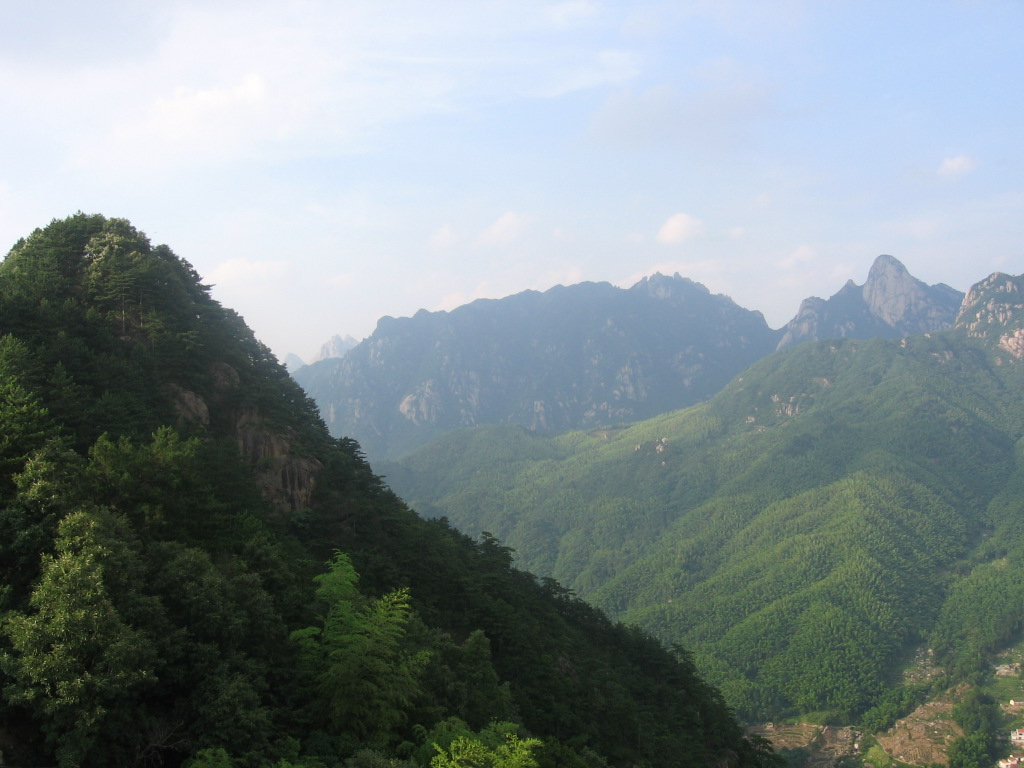While traditionally the hikikomori of Japan have been defined as adolescents and young adults, a recent Japan government study reports that over half a million additional recluses are adults. An editorial in the Japan Times summarizes the issue:
“A recent Cabinet Office estimate that there are some 613,000 people aged 40 to 64 who have shut themselves up at home without working or interacting with others outside of their family over an extended period confirms that the issue of hikikomori (recluse), which used to be deemed a problem mainly among adolescents and youths, has been spreading among the middle-aged population.”
URL: https://www.japantimes.co.jp/opinion/2019/04/05/editorials/measures-needed-address-social-recluse-problem; https://asia.nikkei.com/Economy/Japan-s-middle-aged-recluses-reveal-lasting-damage-of-hiring-ice-age; https://mainichi.jp/english/articles/20180430/p2a/00m/0na/011000c


